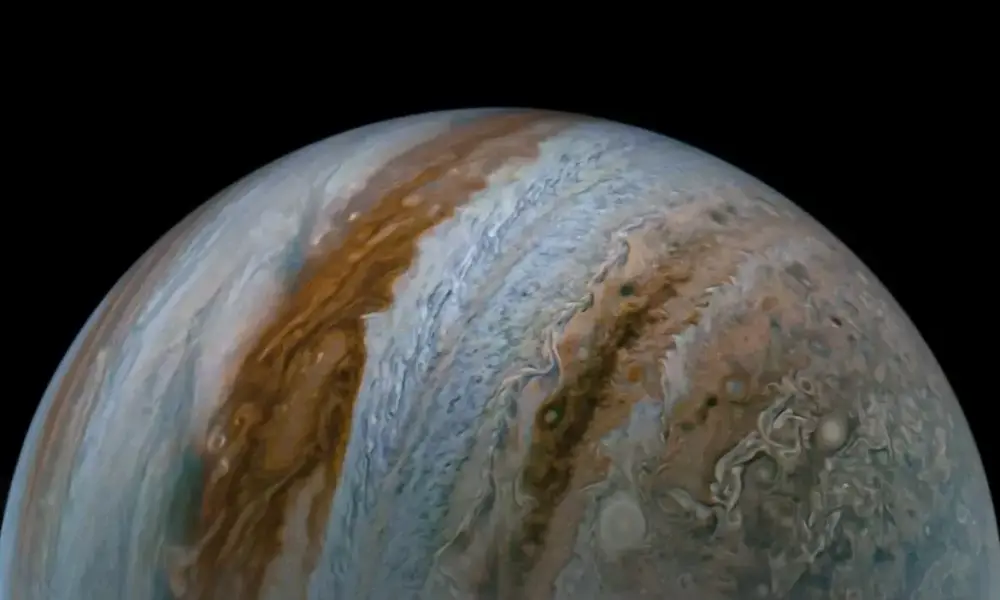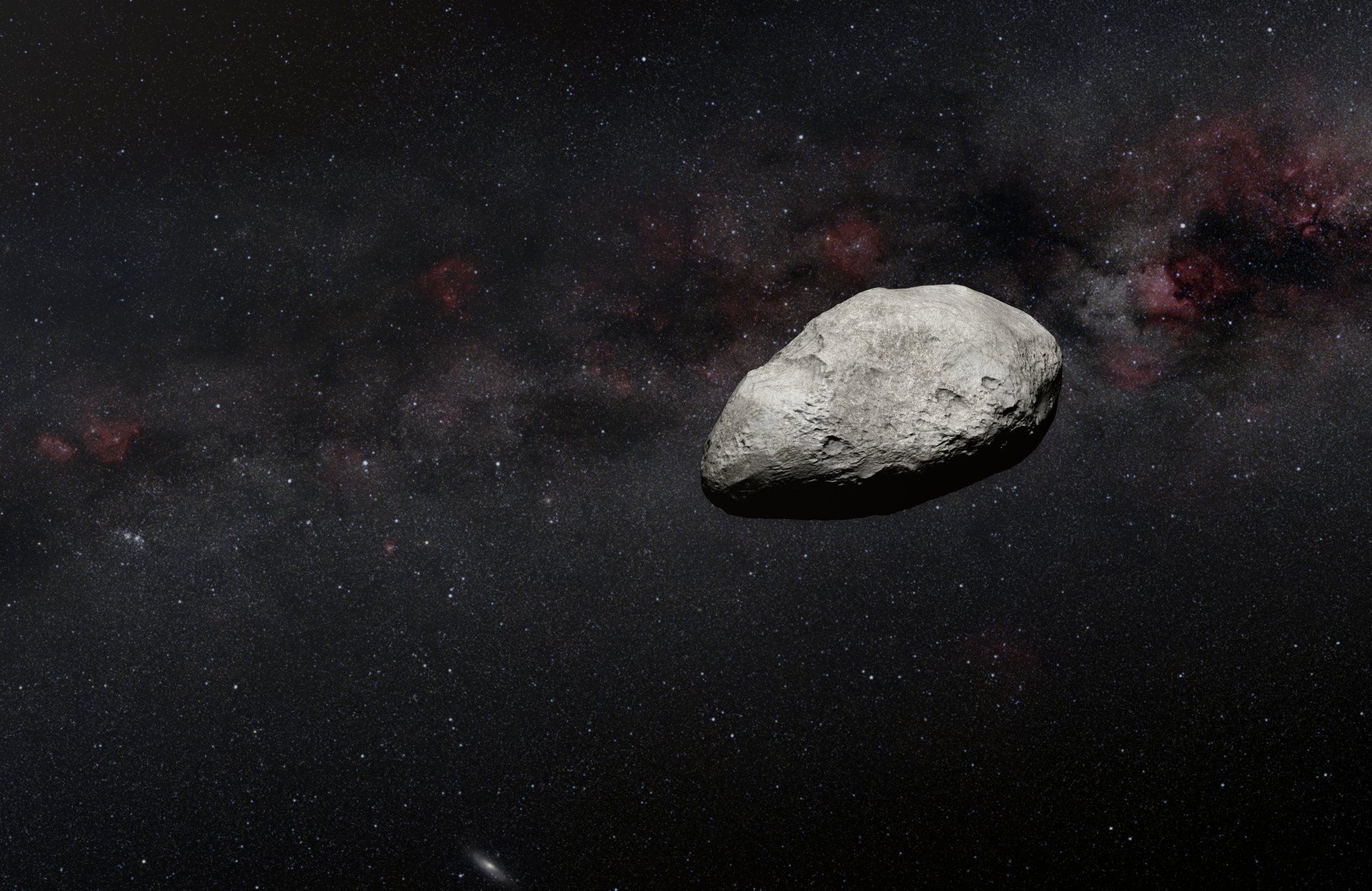Research from Rice University in Houston has highlighted the significant influence of Jupiter on the early development of Earth. This study suggests that without Jupiter, the primitive Earth could have drifted too close to the Sun, potentially making it uninhabitable for life. The findings, published in the journal Science Advances, provide new insights into the formation timeline of solid objects in the solar system.
Scientists have long been puzzled by the staggered formation of early solid materials in our solar system. Evidence from meteorites reveals two distinct generations of these building blocks. The first group formed rapidly within the first million years, while the second wave, which included the rocky materials closer to Earth, Mars, and Venus, emerged two to three million years later. The question remained: how was there enough dust to create this second generation?
To address this, researchers conducted comprehensive computer simulations of the young solar system. The results indicate that Jupiter, which today has a mass more than double that of all other planets combined, played a crucial role. Prior models failed to adequately explain the age gap in the ancient materials, making this research potentially groundbreaking.
Baibhav Srivastava, a planetary scientist and one of the authors, noted that Jupiter not only helped maintain the orbits of Earth and its neighboring planets but may also have limited their growth by restricting access to outer solar system materials. “Our Earth might have become a ‘super-Earth,’” Srivastava remarked, suggesting that such a scenario could have significant implications for Earth’s habitability by altering its position within the so-called Goldilocks zone, the region where conditions are just right for liquid water to exist.
Jupiter’s immense gravitational force has led many scientists to refer to it as the architect of the solar system. Its gravity influenced the orbits of other planets and shaped the gas and dust from which they formed. The solar system is approximately 4.5 billion years old, and this research offers a cohesive explanation of how Jupiter’s growth affected the distribution of materials in its vicinity.
As Jupiter expanded, it restructured the environment around the Sun, draining gas from the inner solar system and creating pressure ridges that acted as barriers for dust. These “dust traps” facilitated the formation of new solid objects long after the original materials emerged, thereby explaining the age gap in rocky space material.
The timing of the second generation matches that of ordinary chondrites, the most frequently found type of stony meteorite on Earth. Researchers have dated these meteorites by analyzing isotopes within them. This method, akin to carbon dating, allows scientists to determine when the rock solidified based on the decay rates of radioactive isotopes.
By the time the second wave of rocky material solidified, Earth had already begun its formation, indicating that these later materials likely had minimal contribution to the planet’s development. The study reinforces the idea that Jupiter must have formed extremely early, within the first 2 million years of the solar system’s existence. This early formation provided Jupiter with the opportunity to shape the surrounding gas and dust effectively.
The findings resonate with current observations made by astronomers using advanced telescopes to study other emerging star systems. André Izidoro, a co-author of the study, noted, “Looking at those young disks, we see the beginning of giant planets forming and reshaping their birth environment. Our own solar system was no different. Jupiter’s early growth left a signature we can still read today, locked inside meteorites that fall to Earth.”
This research not only enhances our understanding of the solar system’s history but also sheds light on the critical factors that may have contributed to Earth’s ability to support life.







